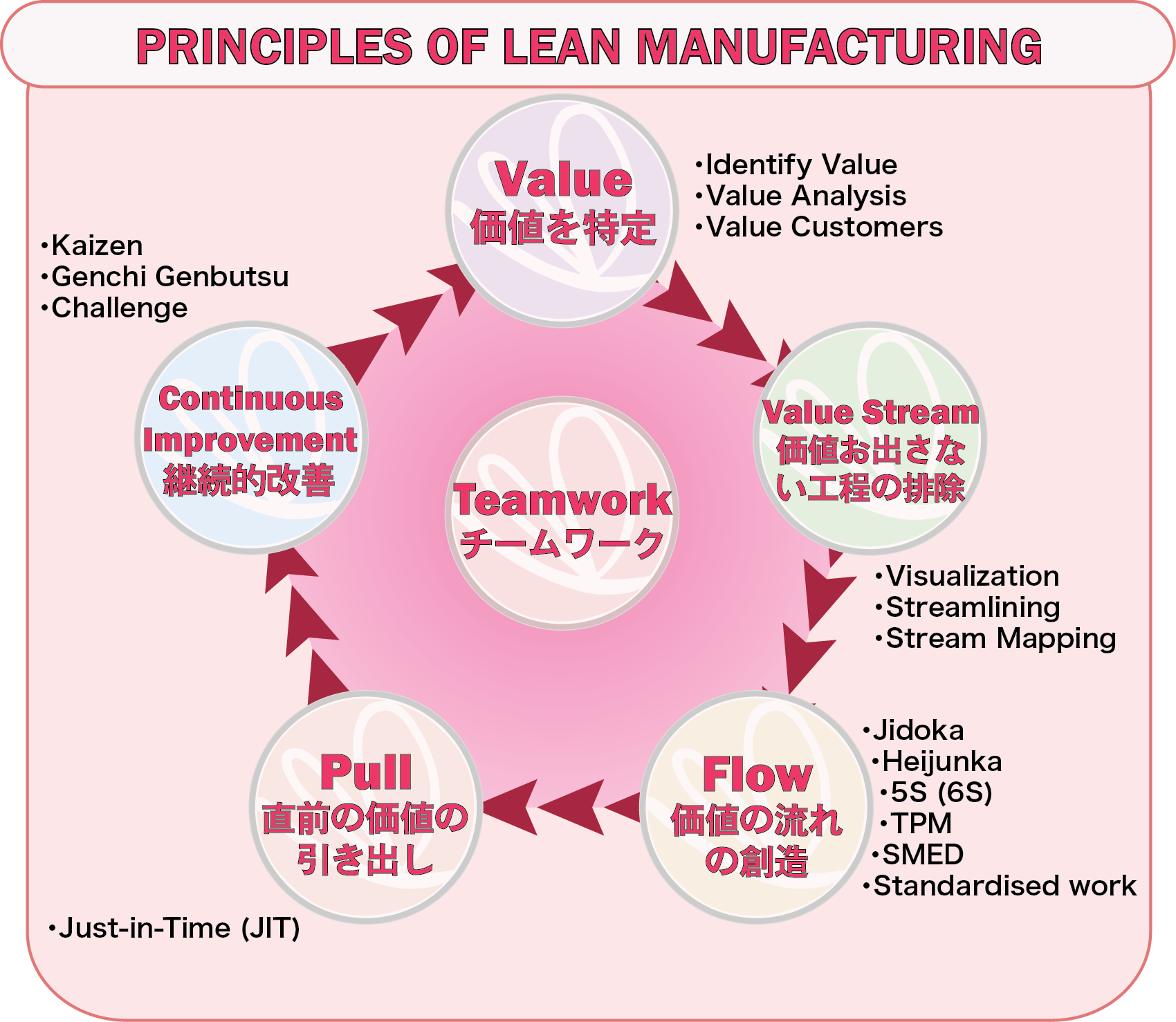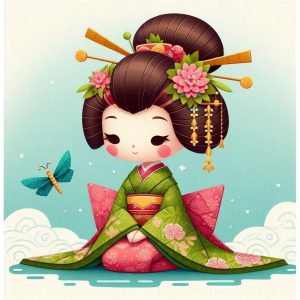
Just-in-Time (JIT) is a core component of lean manufacturing, which focuses on minimizing waste and maximizing efficiency by producing only what is needed, when it is needed, and in the quantity needed.
Principles of Just-in-Time
- Demand-Driven Production: JIT production is based on actual customer demand rather than forecasted demand. This minimizes inventory levels and reduces waste.
- Continuous Flow: The goal is to create a smooth production flow without interruptions, bottlenecks, or delays.
- Pull System: Production is triggered by downstream demand, meaning that each step in the production process signals the previous step when more materials or components are needed.
- Elimination of Waste: JIT aims to eliminate all forms of waste (muda), including excess inventory, overproduction, waiting times, transportation, unnecessary processes, and defects.
Key Elements of Just-in-Time
- Kanban System: A visual signaling system that uses cards or electronic signals to trigger the movement of materials and products through the production process. Each card represents a specific quantity of materials or products that need to be produced or moved.
- Takt Time: The rate at which products must be produced to meet customer demand. Takt time helps synchronize production pace with demand.
- Standardized Work: Consistent and repeatable processes that ensure high quality and efficiency. Standardization reduces variability and errors.
- Continuous Improvement (Kaizen): Ongoing efforts to improve processes, products, and services by identifying and eliminating waste and inefficiencies.
- Supplier Integration: Close collaboration with suppliers to ensure timely delivery of materials and components. Suppliers often use JIT practices themselves to align with the manufacturer’s needs.
Benefits of Just-in-Time
- Reduced Inventory Costs: By producing only what is needed, JIT minimizes the costs associated with storing and managing excess inventory.
- Improved Cash Flow: Lower inventory levels free up cash that can be used elsewhere in the business.
- Higher Quality: JIT encourages immediate detection and correction of defects, leading to higher quality products.
- Increased Efficiency: Streamlined production processes reduce lead times and increase overall efficiency.
- Greater Flexibility: JIT allows manufacturers to respond quickly to changes in customer demand or market conditions.
Challenges of Just-in-Time
- Supply Chain Dependence: JIT relies on a highly responsive and reliable supply chain. Any disruptions can halt production.
- Demand Variability: Fluctuations in customer demand can be challenging to manage without adequate buffer stock.
- Implementation Costs: Initial setup and transition to JIT can be costly and time-consuming.
- Employee Training: Employees must be well-trained in JIT principles and practices to ensure successful implementation.
Implementing Just-in-Time in Lean Manufacturing
- Assess Current Processes: Conduct a thorough analysis of your current production processes to identify areas of waste and inefficiency.
- Engage Stakeholders: Involve employees, suppliers, and customers in the transition to JIT to ensure buy-in and collaboration.
- Implement Kanban: Set up a Kanban system to manage the flow of materials and products through the production process.
- Standardize Work: Develop standardized procedures and work instructions to ensure consistency and quality.
- Measure and Adjust: Continuously monitor performance metrics, such as cycle time, lead time, and defect rates, and make adjustments as needed to improve efficiency and reduce waste.
- Foster a Culture of Continuous Improvement: Encourage employees at all levels to identify opportunities for improvement and participate in problem-solving activities.
Examples of Just-in-Time in Practice
- Toyota Production System: Toyota is the pioneer of JIT and lean manufacturing. Their production system focuses on producing only what is needed, when it is needed, and in the amount needed, using a highly efficient pull system.
- Dell Computers: Dell used JIT to build customized computers based on customer orders, minimizing inventory and reducing lead times.
- Fast-Food Restaurants: Chains like McDonald’s use JIT principles to prepare food only when customers place an order, ensuring freshness and reducing waste.
By implementing Just-in-Time principles as part of a lean manufacturing strategy, businesses can achieve significant improvements in efficiency, quality, and customer satisfaction.






